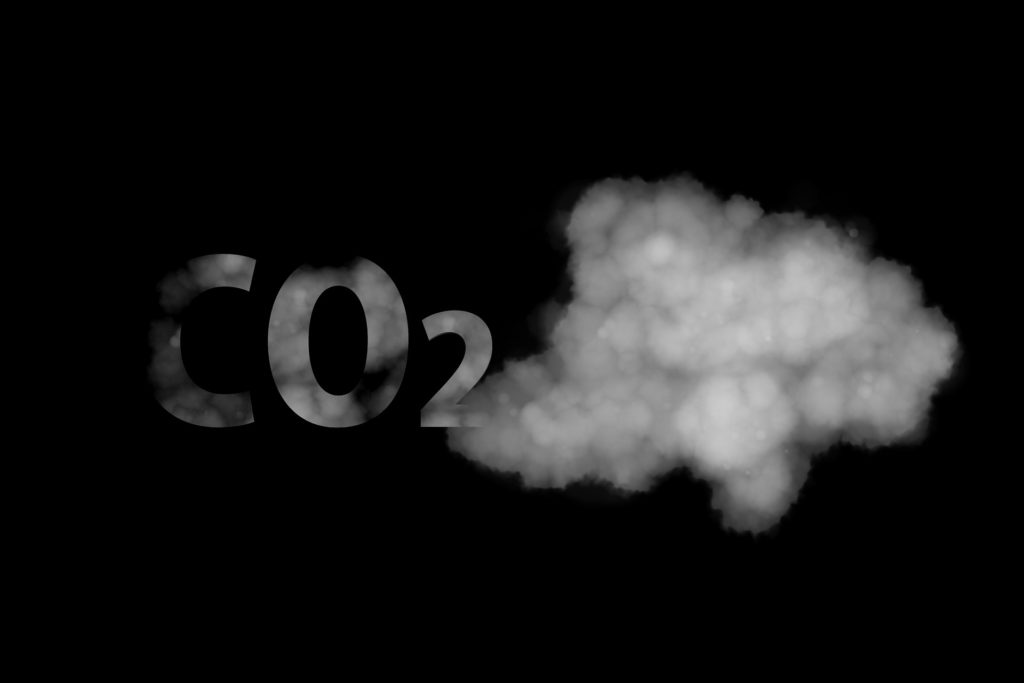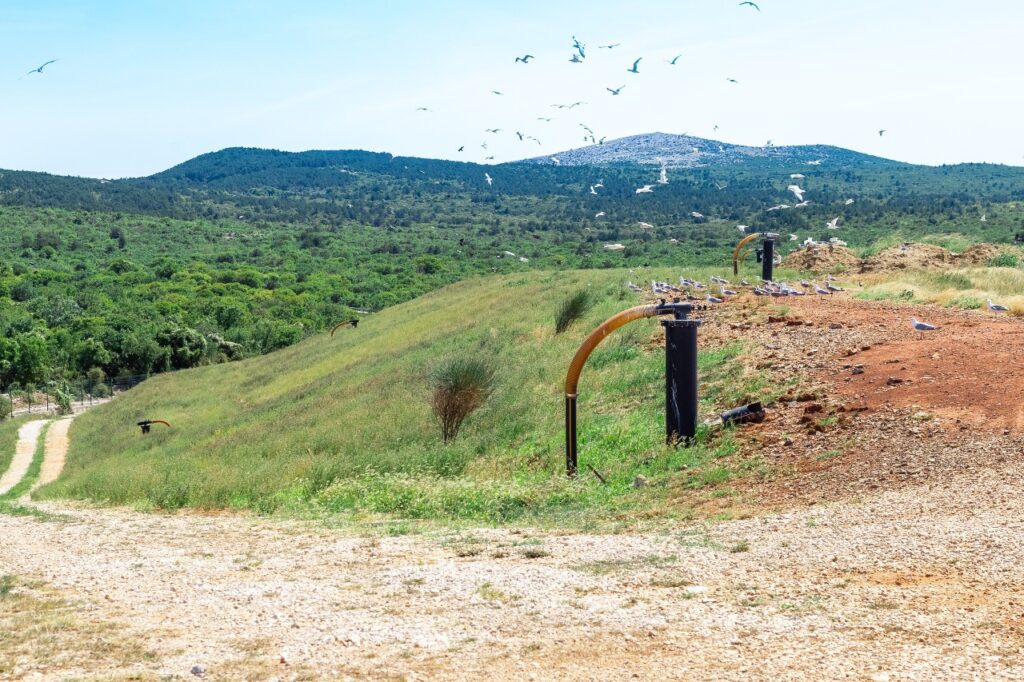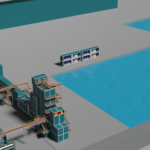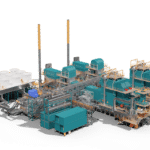WOIMA BLOG October/2018
German Cars vs. African Methane Emissions
Reducing methane emissions is the key to combatting climate change. Currently landfills in developing countries generate more greenhouse gases than 500 million petrol cars. And the emissions are growing over 10% per annum. Tackling this takes precedent over fossil fuel consumption reduction in the western world.

The problem – Climate change
The UN Intergovernmental Panel on Climate Change (IPCC) published its latest is a series of alarming reports on climate change on 8 November 2018. It warns that the planet will reach the crucial threshold of 1.5 degrees Celsius above pre-industrial levels by as early as 2030, precipitating the risk of extreme drought, wildfires, floods and food shortages for hundreds of millions of people. The report cites specific examples of how impacts of global warming would be reduced with the 1.5 degrees increase, compared to the 2 degrees increase
- Global sea levels would rise 10 cm less by 2100
- Coral reefs would decline by 70% to 90% instead of being almost completely wiped out
- The likelihood of an Arctic Ocean free of sea ice in summer would be once per century, instead of at least once per decade.
The World Wildlife Foundation (WWF) estimates that the 2 degrees temperature rise would have drastic consequences for the flora and fauna as well. Up to 20% of all insects, 16% of plants and 8% of vertebrates would become extinct by 2100.
Global net emissions of carbon dioxide would need to fall by 45% from 2010 levels by 2030 and reach “net zero” around 2050 in order to keep the warming around 1.5 degrees. Lowering emissions to this degree, while technically possible, would require widespread changes in energy, industry, buildings, transportation and cities, the report says. The window on keeping global warming below 1.5 degrees is closing rapidly, and the current emissions pledges made by signatories to the Paris Agreement do not add up to us achieving that goal. It has been estimated that the emission reduction will cost up to 2.5% of the global GNP, or USD2,225 billion annually.
Politicians all around are concentrating on local legislation that would fulfil the Paris Agreement requirements, while ensuring the competitiveness of the country in the global market place. It is a sort of cat and mouse game, where everyone is looking at their neighbour to do more, before committing themselves. Talk is concentrating around the use of fossil fuels in energy generation and traffic emissions, but everyone is overlooking one key contributor of greenhouse gases; methane emissions from landfilled municipal solid waste (MSW).

“The annual methane emissions from African landfills equal the CO2 emissions of all the passenger cars in Germany”
According to World Bank data, the urban population in Africa alone is generating some 300,000 tons of MSW daily equalling over 110 million tons annually, most of which is landfilled with little or no recycling or treatment. This results in uncontrolled methane emissions visibly “bubbling away” in the African landfills. Methane, a greenhouse gas 25 times more potent than carbon dioxide, is generated through an anaerobic digestion process of the biodegradable waste fraction in the deeper layers of landfills. Each ton of MSW has the potential to generate 1.6 tons of CO2-equivalent emissions, thus the African urban population is responsible for 180 million tons of CO2 emissions annually through landfilled waste. This corresponds to 900 billion kilometres by car, or 45 million cars driving on average 20,000 km per year.
Methane collection at landfills is a relatively easy process using a network of under-pressure methane wells and distribution piping, but in sync with the 3R principle, the aim should be the prevention of landfilling altogether. Using solid waste treatment facilities (SWTF), where recyclables are removed, and the remaining waste divided into organic and inorganic fractions, offers a quick fix. The organic matter can be composted or digested into biogas in a controlled manner, thus avoiding landfill gas generation altogether. The inorganic part can be incinerated to energy, which will pay for both the CAPEX and OPEX of the operations. Landfilled waste quantity is reduced by over 95%.
This offers western countries and investors alike a tremendous business opportunity. Directing development aid and investments towards waste-to energy solutions will simultaneously help light up and power Africa, feed Africa and industrialize Africa, which are the three key development targets of African Development Bank. Reduction of the greenhouse gas emissions, where it is easiest and fastest, will not only work towards the goals of the Paris Agreement, but also creates a positive circle of development; better waste management – more energy – less emissions – fewer environmental impacts – better living conditions and so on. Even small steps will have a huge local impact in the developing countries.
Expanding the same logic to all the developing countries creates a ten times larger potential for emission abatement and that potential is growing at a rate of over 10% annually.
“The worldwide electric car sales will have to grow twenty-five fold just to compensate the growth of methane emissions from landfills in the developing world”
Assuming that all electric cars are charged with renewable energy and thus do not contribute to any CO2 emissions, consumers in the western countries would have to purchase 50 million new electric cars every year just to cancel out the annual growth of methane emissions by the urban population in the developing world. And the rural population is twice as large.
A waste treatment ecosystem combining several technologies would be the perfect solution for urban areas to help fight the battle against methane emissions. It would support sustainable waste management in recycling, waste-to-energy generation and soil improvement, and would, in the long run, pay for itself in saving virgin raw materials, generating cheaper energy and helping grow larger crops. In addition, it would create a healthier and more pleasant living environment for all.
Contact WOIMA, if you see yourself as collaboration partner in saving the planet. Ask more about turning Your waste into wellbeing with WOIMA Circular Economy Solutions.
WOIMA Social Media accounts




